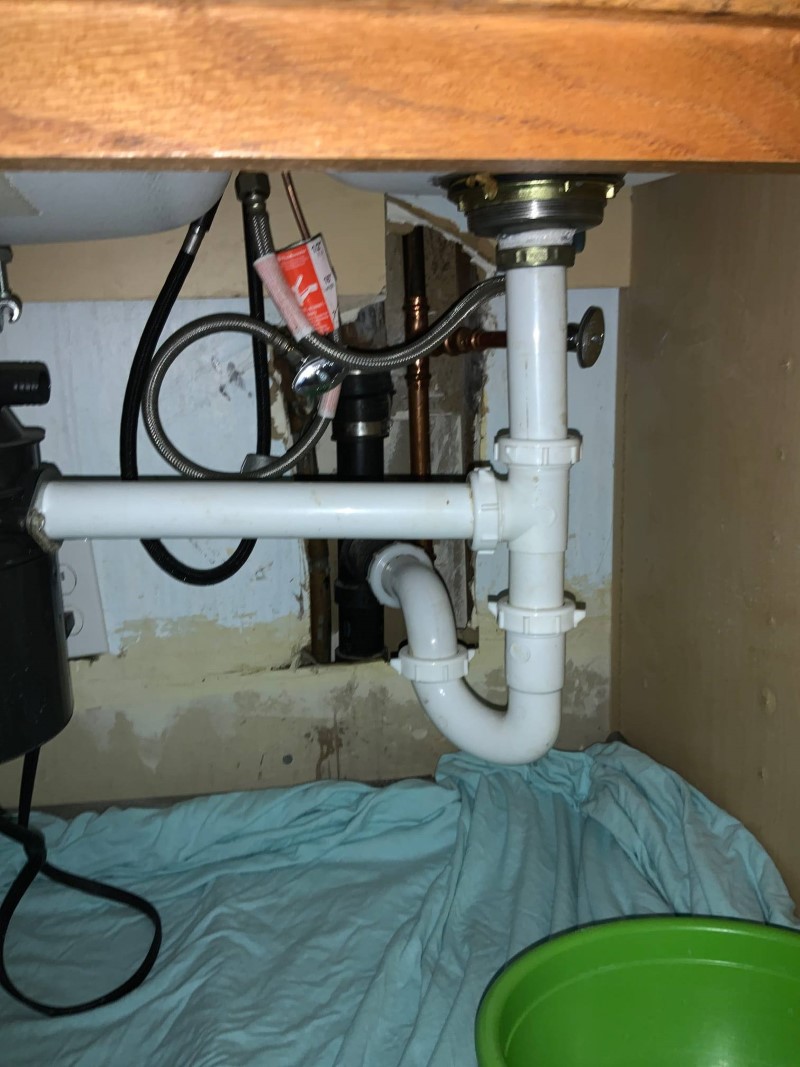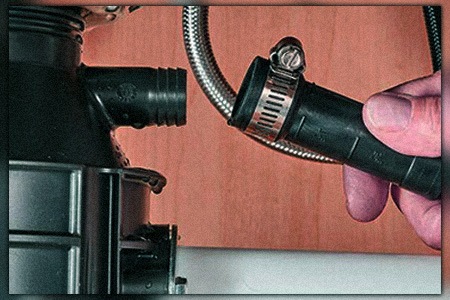Highly-Rated Methods for Resolving a Leak in Your Garbage Disposal
Highly-Rated Methods for Resolving a Leak in Your Garbage Disposal
Blog Article
We have unearthed this great article about Why Is down the page on the internet and accepted it made sense to write about it with you on this page.

Garbage disposals are essential cooking area appliances that assist in taking care of food waste effectively. Nonetheless, a dripping garbage disposal can be an aggravating and unpleasant problem to take care of. Thankfully, numerous leakages can be taken care of quickly with a few straightforward actions. In this article, we will certainly go over just how to take care of a dripping waste disposal unit effectively.
Introduction
Garbage disposals are set up under kitchen sinks and are designed to shred food waste right into smaller sized items, allowing it to pass through the plumbing system easily. While these devices are generally trusted, leakages can take place in time because of deterioration, loosened links, or damage to the unit.
Step-by-Step Overview to Repairing a Leaking Waste Disposal Unit
Shut off the Power
Prior to trying any type of repair work, make sure that the power to the garbage disposal device is shut off to prevent the risk of electrical shock.
Find the Leak
Identify the precise area of the leakage and identify the reason
Tighten up Connections
Utilize a wrench to tighten any loose connections between the disposal device and the plumbing system.
Change Seals or Gaskets
If the leakage results from used seals or gaskets, get rid of the old elements and replace them with brand-new ones.
Patching Splits or Holes
For splits or holes in the disposal device, usage epoxy or a suitable patching material to seal the broken location.
Recognizing the Source of the Leakage
Before trying to take care of a leaking waste disposal unit, it is vital to identify the source of the leak. This can usually be done via aesthetic assessment or by performing easy tests.
Visual Assessment
Inspect the waste disposal unit system carefully for any indicators of water leakage. Pay close attention to locations around seals, gaskets, and link points.
Checking for Leaks
One method to test for leakages is by running water with the disposal unit and looking for any visible signs of leakage.
Common Reasons For Leakages in Garbage Disposals
Worn Seals and Gaskets
Seals and gaskets play a critical duty in stopping water from dripping out of the garbage disposal. With time, these elements can degrade, causing leaks around the disposal unit.
Loose Connections
The links in between the waste disposal unit and the plumbing system can end up being loosened over time, creating water to leak out during procedure.
Cracks or Holes in the Disposal System
Physical damages to the waste disposal unit, such as fractures or openings in the housing, can likewise result in leaks.
Tools and Products Needed for Taking Care Of a Leaking Waste Disposal Unit
Prior to starting the fixing procedure, collect the required devices and products, consisting of a screwdriver, flexible wrench, plumbing professional's putty, replacement seals or gaskets, and epoxy or patching material for repairing splits or holes.
Evaluating the Waste Disposal Unit After Fixing
When the repair work is total, check the garbage disposal by running water via it to make certain that the leakage has actually been solved.
Preventive Maintenance Tips to Prevent Future Leakages
To prevent future leaks, it is essential to do normal upkeep on your garbage disposal. This consists of maintaining it clean, preventing placing non-food items or hard objects down the disposal, and regularly looking for leaks or various other concerns.
Final thought
In conclusion, repairing a dripping garbage disposal is a fairly uncomplicated process that can be finished with basic tools and materials. By complying with the steps detailed in this write-up and exercising preventative upkeep, you can maintain your waste disposal unit in good working problem and prevent costly repair services in the future.
HERE’S HOW TO FIX YOUR GARBAGE DISPOSAL
WHAT TO DO IF SOMETHING IS STUCK IN YOUR GARBAGE DISPOSAL
If the impeller won’t turn, there’s probably something stuck in the disposal. It could be a steak bone or peach pit, although plumbers report pulling all sorts of inappropriate objects out of disposals, such as bottle caps or aluminum foil. Make sure power to the disposal is off, and look inside to see if you can see the source of the jam.
Never stick your fingers in a disposal. Pull out anything you see with tongs or pliers.
If the disposal still won’t work, it may be time to call a plumber or consider buying a new disposal. GEM Plumbing & Heating is here for all of your garbage disposal needs.
WHAT TO DO IF YOUR GARBAGE DISPOSAL DRAIN IS CLOGGED
Take everything out from underneath your sink and put a bucket or other container under your disposal to catch any water that drains out. Disconnect your disposal from the power supply. If it’s plugged into a wall outlet, unplug it. If it’s hardwired into an electrical box, go to the electrical panel and turn off the breaker for the disposal. Pour ¼ cup of baking soda into the drain, followed by ½ cup of white vinegar. Give the solution a few minutes to fizz and do its work. Look into the disposal with a flashlight to see if you can see an object that might be causing the clog. If you see it, remove it using tongs or pliers. MORE TIPS ON DEALING WITH A CLOGGED GARBAGE DISPOSAL
Never use drain cleaner in a garbage disposal. It can damage the plastic parts inside the disposal. You can also be splashed with the caustic liquid while working to clear the clog. Beware! Never stick your fingers into a garbage disposal. Trust us — not a good idea. In many instances, your dishwasher drains through your garbage disposal. This allows the disposal to grind any large food particles that may be drained out of your dishwasher. There are some jurisdictions, however, where the plumbing code prohibits such a connection. WHAT TO DO WHEN YOUR DISHWASHER DRAINS THROUGH THE DISPOSAL
Run some water in the sink so your plunger has at least a ½-inch of water to create a seal and plunge vigorously up and down several times. You may need to repeat this several times. Run hot water down the drain to clear any residue that remains.

Do you really like reading about Why Is ? Write a short review further down. We will be delighted to listen to your opinion about this review. We are looking forward to see you back again in the future. Enjoyed our post? Please share it. Help someone else find it. Thank you so much for your time spent reading it.
Click Here Report this page